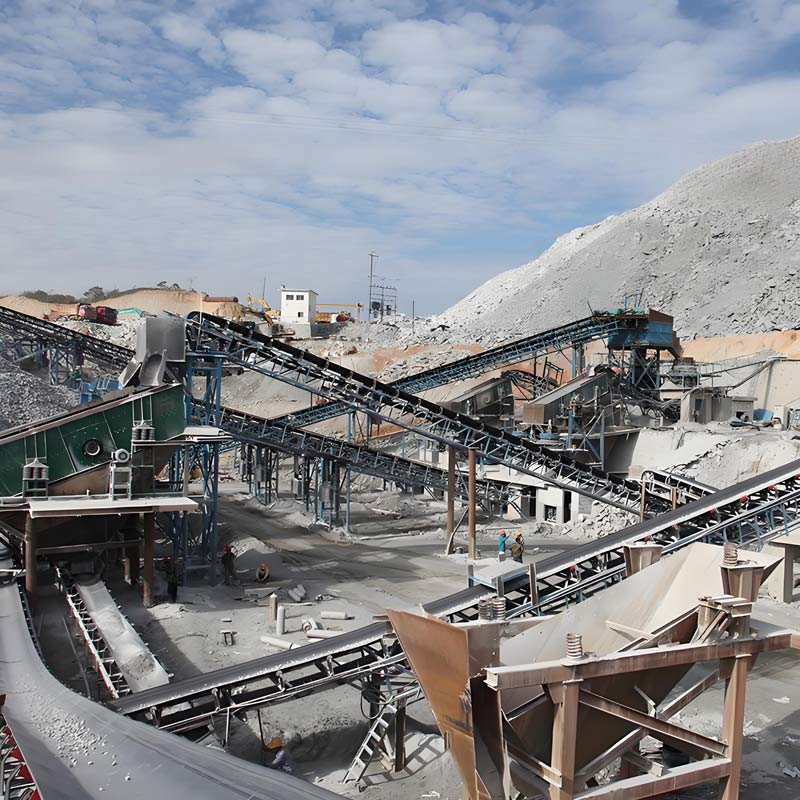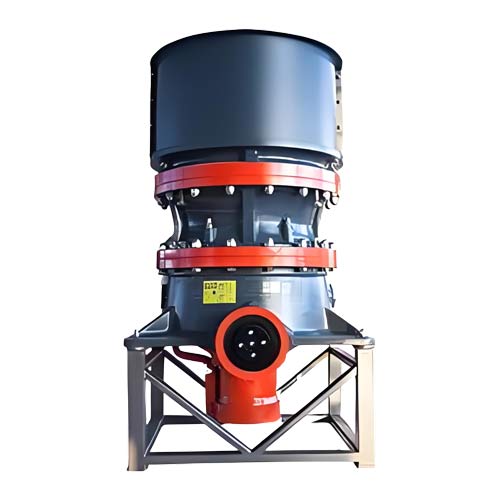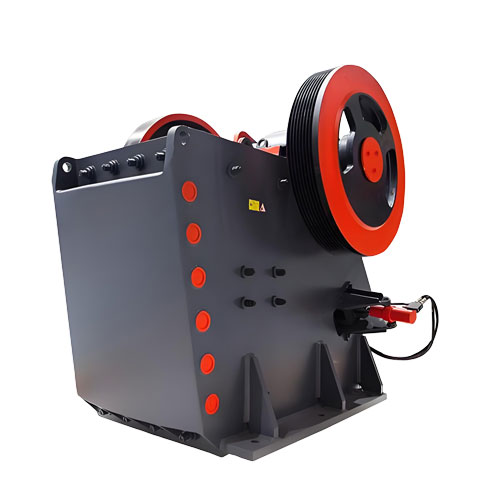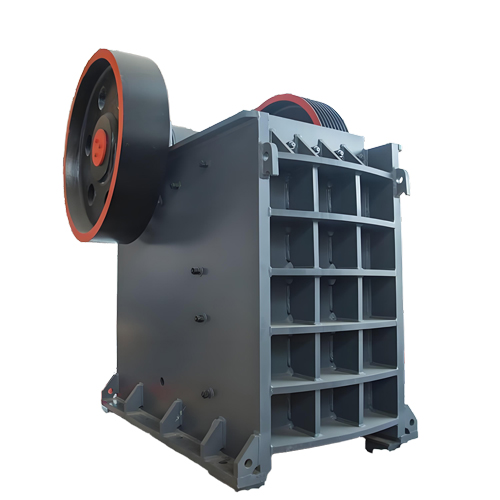What are crusher wear parts?
In the demanding world of aggregate mining and quarrying, crushers are the backbone of the operation. They are the powerful machines that break down large rocks into smaller, usable sizes. But what keeps these mechanical giants running effectively day in and day out? The answer lies in a category of components known as crusher wear parts.
Simply put, crusher wear parts are the replaceable components inside a crusher that directly engage with and break the raw material. They are the sacrificial warriors in the crushing chamber, enduring immense pressure, abrasion, and impact to process tons of material. Their primary purpose is to protect the crusher’s main body and ensure consistent product size while being designed for replacement when they wear out.

The Most Common Types of Crusher Wear Parts
While the specific parts vary by crusher type (jaw, cone, impactor), the most critical ones include:
-
1. Jaw Plates: Found in jaw crushers, these are the two vertical plates—one fixed and one movable—that create a “V” cavity. The rock is crushed between these massive plates through compressive force.
-
2. Mantle and Concave: These are the essential wear parts in cone crushers. The mantle is the moving cone that gyrates within the stationary concave (or bowl liner). The rock is crushed multiple times between these two surfaces as it travels down the chamber.
-
3. Blow Bars: Crucial for horizontal shaft impact (HSI) crushers, blow bars are hammers mounted on a rotor. They violently throw the rock against the impact aprons or liners, breaking it through impact velocity.
-
4. Impact Aprons / Liners: These are the sturdy plates located in the impact crusher’s housing that the rock is thrown against by the blow bars. They work in tandem with the blow bars to achieve the desired fragmentation.
-
5. Roll Shells: In roll crushers, these are the cylindrical shells that rotate towards each other to crush material caught in between through compression.

Why Are They So Critical?
Investing in the right wear parts is not just a maintenance task; it’s a strategic business decision. Here’s why they are indispensable:
-
1. Maintain Crushing Efficiency: Worn-out parts lead to poor product shape, inconsistent size, and reduced throughput. Quality wear parts maintain optimal performance and final product specifications.
-
2. Reduce Downtime: The rapid and predictable replacement of wear parts is key to planned maintenance, preventing unplanned and costly operational stoppages.
-
3. Protect the Crusher: By absorbing the brunt of the wear, these parts shield the crusher’s main frame, shaft, and other core components from damage, saving you from far more expensive repairs.
-
4. Control Operational Costs: While a recurring expense, choosing the right wear parts with a favorable cost-per-ton-crushed ratio is one of the most significant ways to control your overall operating costs.
Choosing the Right Material: It’s All About the Application

Not all wear parts are created equal. The choice of material is critical and depends on the type of material you are crushing and the crushing principle. The main materials are:
-
1. Manganese Steel: The industry workhorse, especially for jaw and cone crushers. Manganese steel is renowned for its unique ability to work-harden under impact, becoming harder and more wear-resistant as it is pounded, while retaining its toughness.
-
2. Chrome Steel / Martensitic Steel: Often used for blow bars in impact crushers where high abrasion resistance is needed. They are very hard but can be more brittle than manganese steel, making them better suited for highly abrasive but less impactful conditions.
-
3. Ceramic Composites: Used in applications with extreme abrasion, ceramic inserts can be embedded into a metal matrix to provide an exceptionally long service life in specific scenarios.
Conclusion: The Unsung Heroes of Your Quarry
Crusher wear parts are far more than just spare parts; they are the essential, consumable elements that define your crushing operation’s productivity, cost-effectiveness, and reliability. By understanding their function, types, and the importance of material selection, you can make informed decisions that maximize your uptime and minimize your total cost of ownership.
The next time your crusher is running smoothly, producing perfectly sized aggregate, remember the critical role these unsung heroes play in making it all happen.
Related Products
Inquiry
Please leave us your requirements, we will contact you soon.





